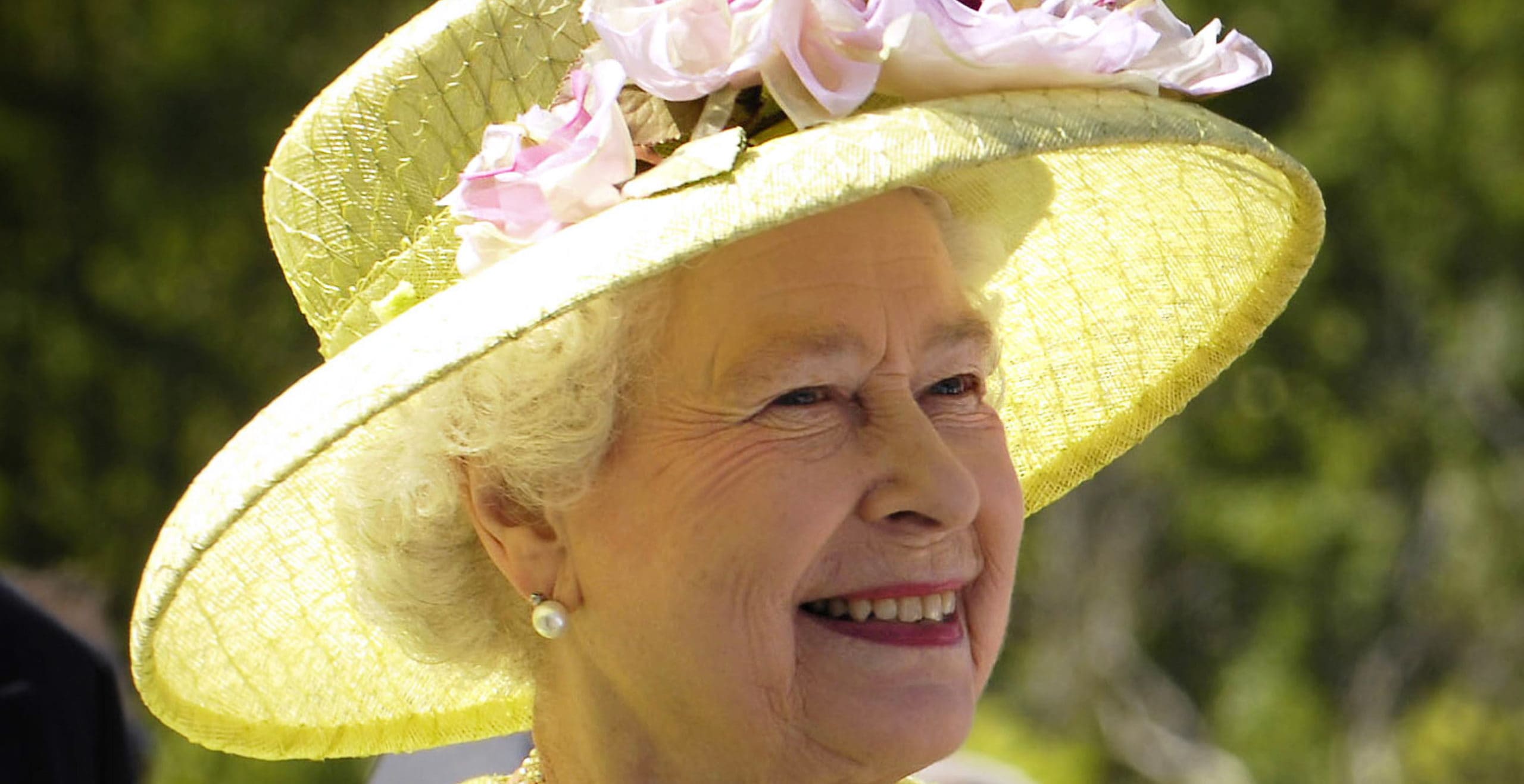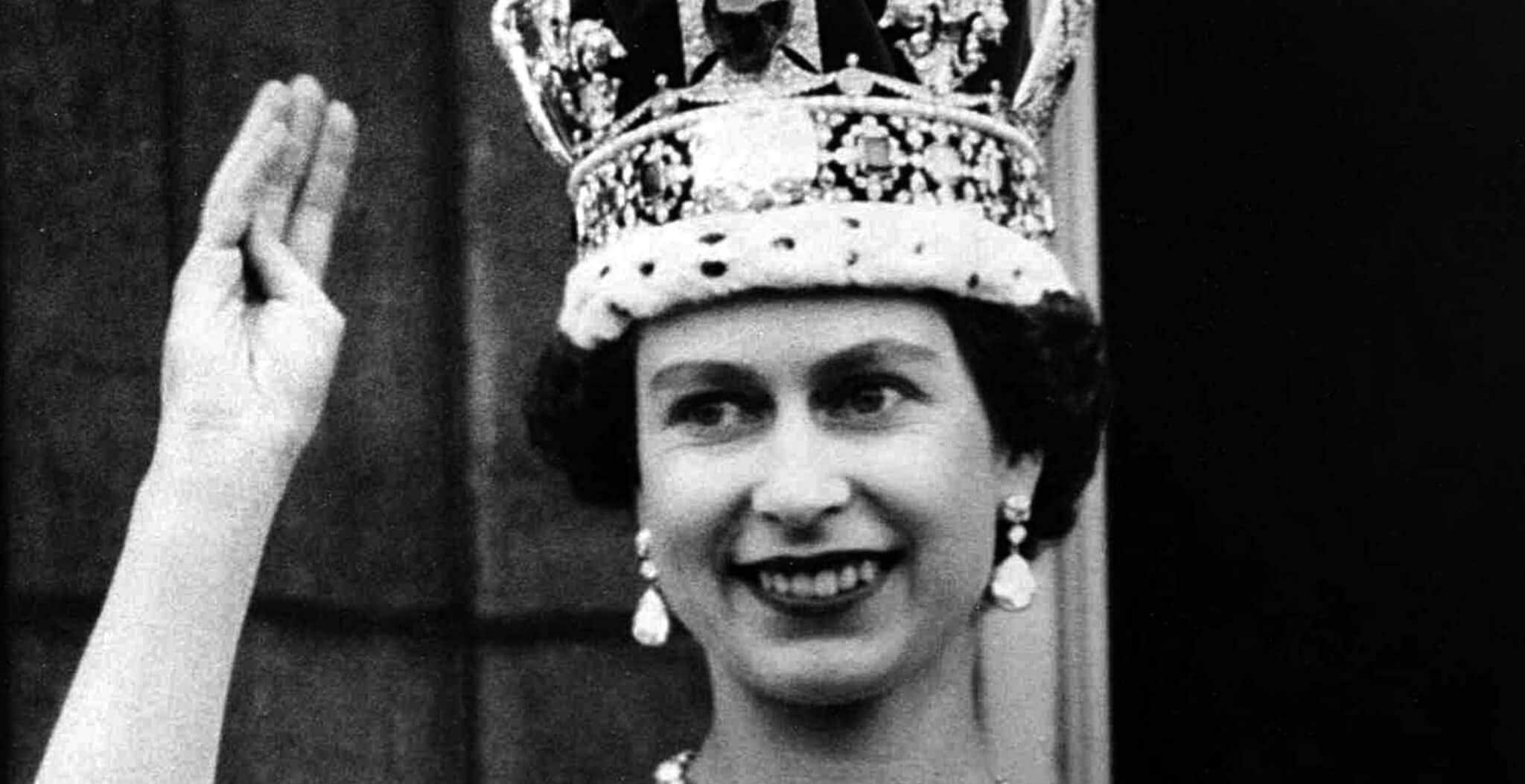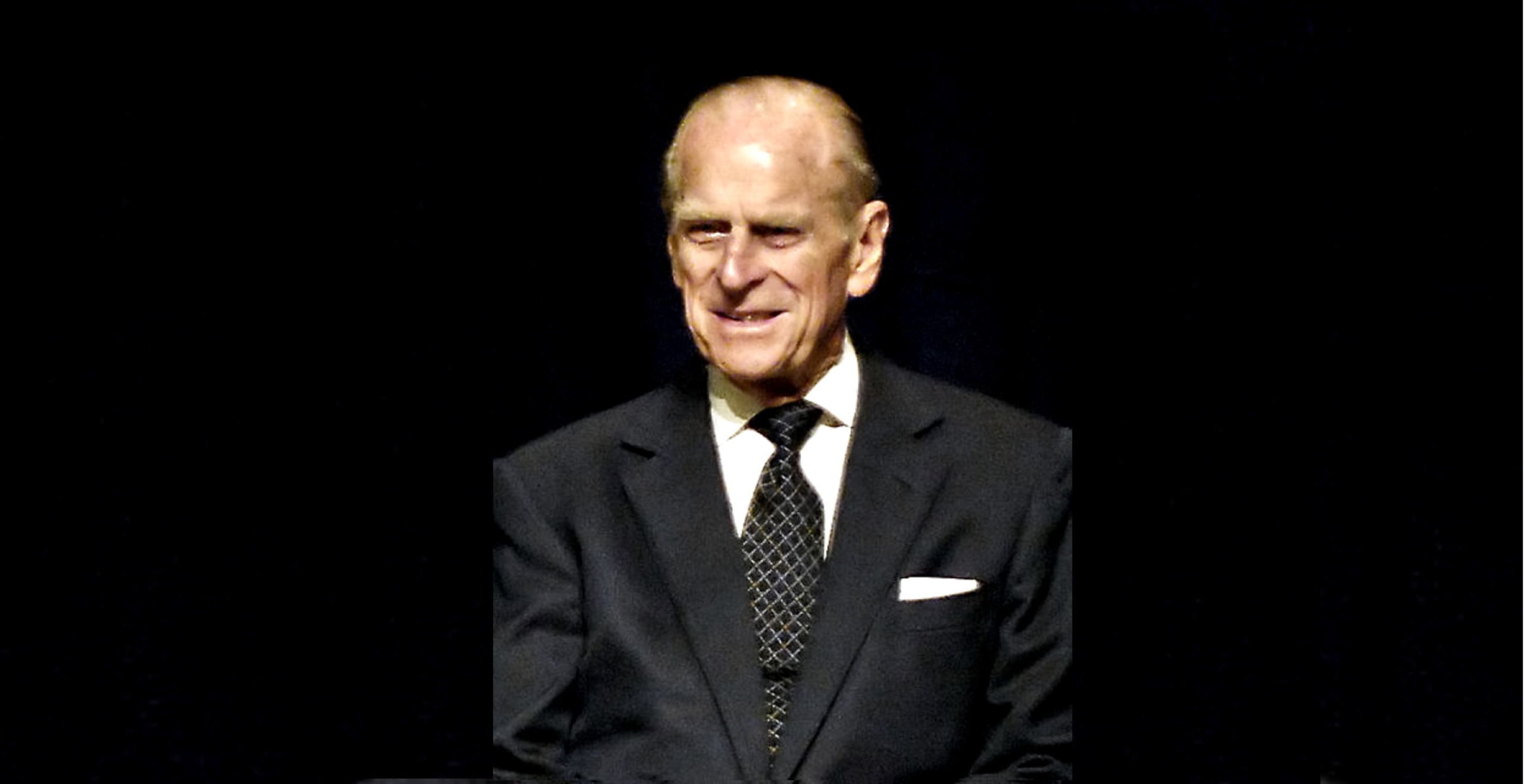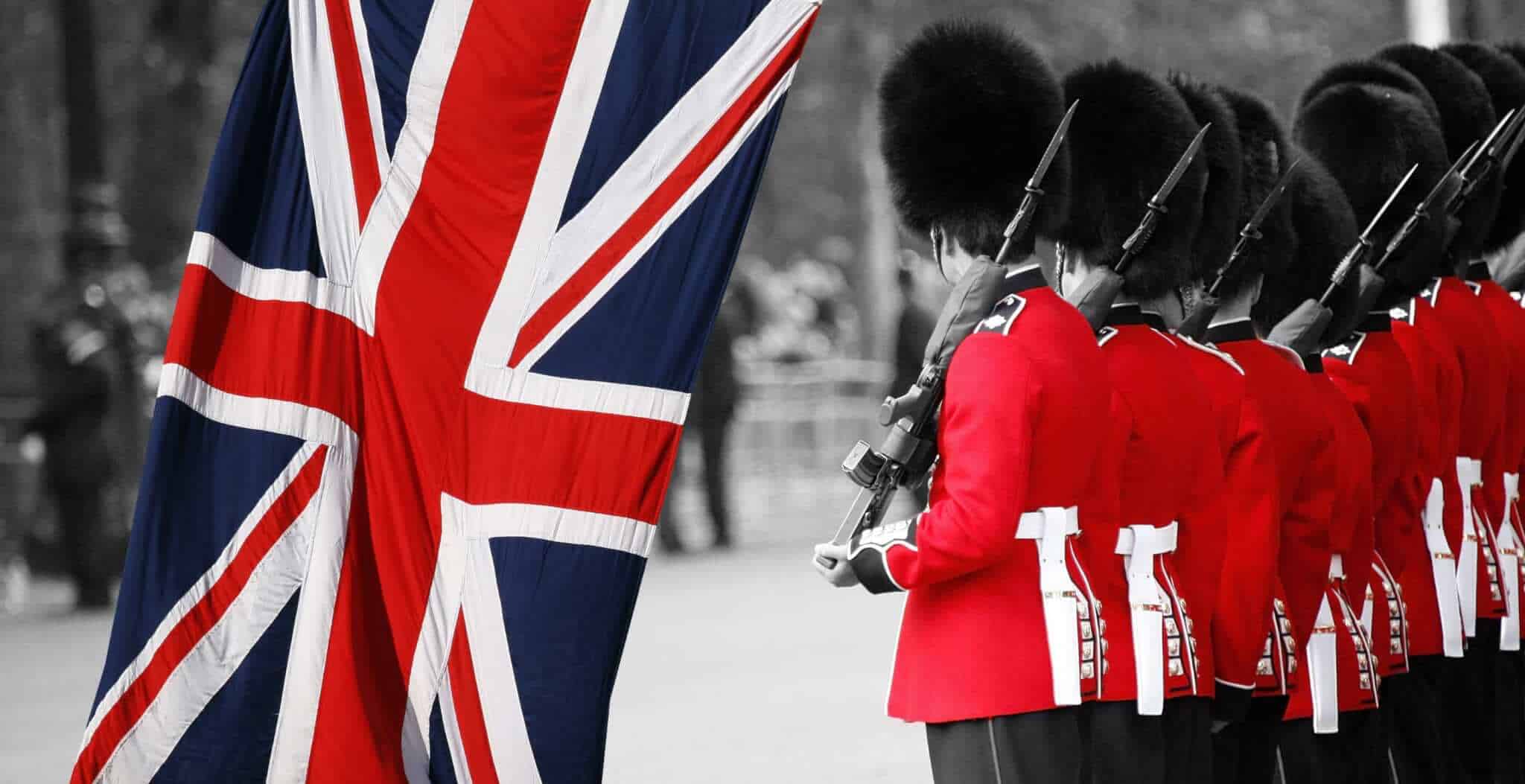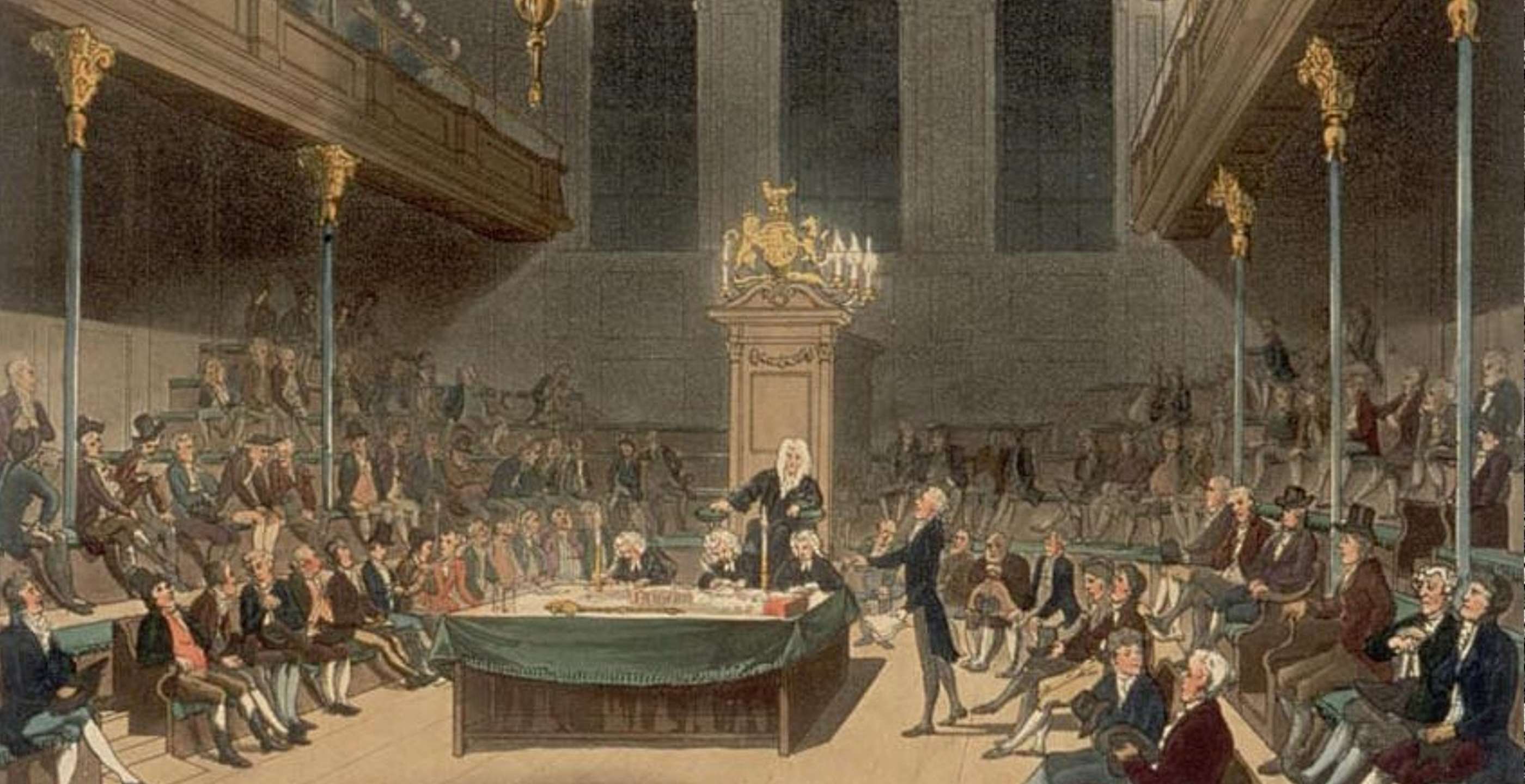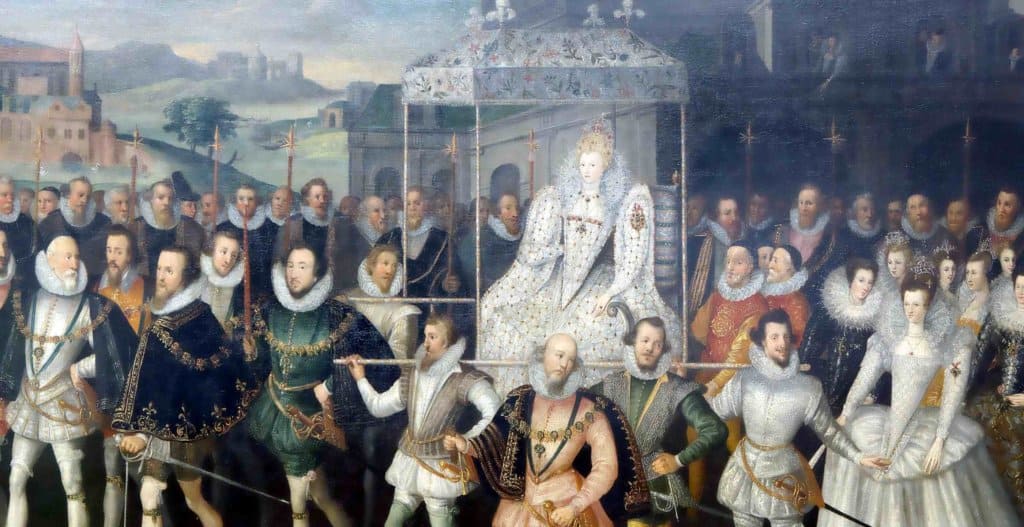“I declare before you all that my whole life, whether it be long or short, shall be devoted to your service”.
These words are taken from Queen Elizabeth II’s birthday speech in April 1947 when she was twenty-one years old, her words reflecting the inherited sense of royal duty from her father which has helped to define her role as reigning monarch for the last six decades.
Born in April 1926, Elizabeth was the eldest of two daughters born to King George VI and his wife Elizabeth Bowes-Lyon. Known by her nearest and dearest as Lilibet, her teenage years were defined by the Second World War which, despite her father’s hesitance, led to her involvement in the Auxiliary Territorial Service; her patriotism and sense of duty was clear to see.
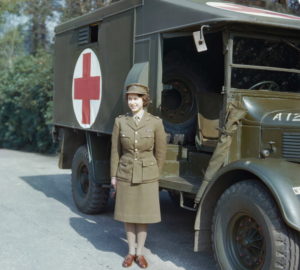
It was during these wartime years that the family of four were seen in high regard, with the royal family choosing to remain in London and see it out with the rest of the city’s residents. Victory in Europe (V.E. Day) saw the streets of London as well as other cities and towns all over the country filled with people celebrating the defeat of the Nazis and the end of the fighting. Amongst those celebrating were Elizabeth and her younger sister Margaret who had discreetly joined the processions of elated citizens.
Whilst victory in the war had been declared, subsequent personal happiness would follow as two years later, at the age of twenty-one, Elizabeth’s engagement to her cousin, Prince Philip of Greece and Denmark was announced.
After their first meeting in 1934 and then later in 1939 when she was 13 and Philip 18, Elizabeth’s interest in Philip was sparked and they began to write to each other. The union was not looked upon favourably by everyone, particularly as Philip was without the financial status that was expected and his family’s foreign roots were seen as problematic.
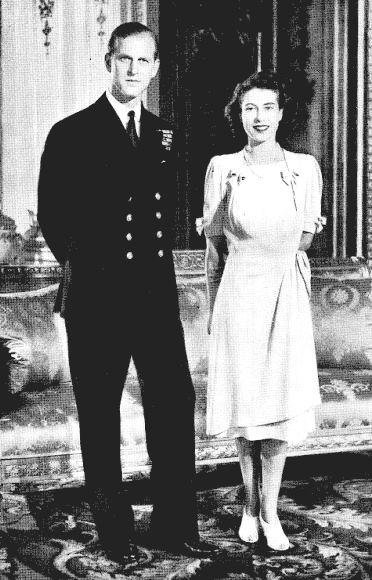
Philip however did his upmost to ingratiate himself in the royal institution, renouncing his own royal titles, taking the surname Mountbatten from his mother’s family and subsequently becoming the Duke of Edinburgh. Most importantly he also converted from Greek Orthodox to Anglicanism.
The young couple were married in November 1947 at Westminster Abbey with some noticeably absent family members. On Elizabeth’s side, her uncle and former king, Edward VIII was not invited and on Philip’s side neither were his sisters, as German relations were deemed to be too controversial to invite so soon after the war.
The marriage would prove to be a successful one, producing four children: Charles who is destined to be king, Anne, Andrew and Edward.
In the first few years of her marriage, the couple took up residence at Clarence House in London, whilst also sometimes living in Malta where Philip was stationed as a Navy officer.
By the early 1950’s it became clear that Elizabeth’s father, George VI’s health was deteriorating and in February 1952, whilst in Kenya, Elizabeth heard the dreadful news of her father’s passing.
Upon her father’s death, it was Elizabeth who would succeed the throne and become Queen.
During the preparations for the coronation, her sister contributed some controversy to proceedings with her desire to marry a divorcee who already had two sons from his first marriage. Peter Townsend was Margaret’s chosen suitor, however despite her sister’s apparent sympathy, the marriage would not have been suitable due to the rules of the Church of England regarding divorce. Elizabeth’s sister sadly could not marry Townsend and instead, seven years later married Antony Armstrong-Jones, only for it to end in divorce.
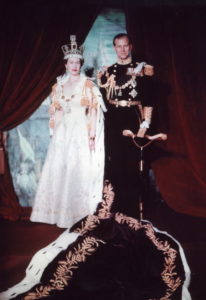
Elizabeth’s coronation could not have come at a more important time. With life in post-war Britain suffering the effects of economic and social austerity, this new, young and attractive monarch was a vital figurehead for the dawning of a new era.
On 2nd June 1953, Elizabeth was crowned Queen at Westminster Abbey, a ceremony which was the first of its kind to be televised.
Elizabeth paid tribute to Britain’s global community by including floral symbols from seven Commonwealth nations such as the South African protea and the silver fern of New Zealand on her coronation gown.
Elizabeth’s reign came at a time when the Britain’s imperial status was dwindling and by the time of her accession more and more independent nations were emerging. The Queen’s role in this moment of transition was vital: still seen as a figurehead by many, during her reign she would tour many countries and participate in head of state visits.
In her first year she and Philip went on a seven month non-stop tour, in total visiting thirteen countries and gaining a huge following wherever she went.
With the Queen at the head, in 1958, “Empire Day‘ was renamed ‘Commonwealth Day’, redefining the new trajectory for Britain and its global reach.
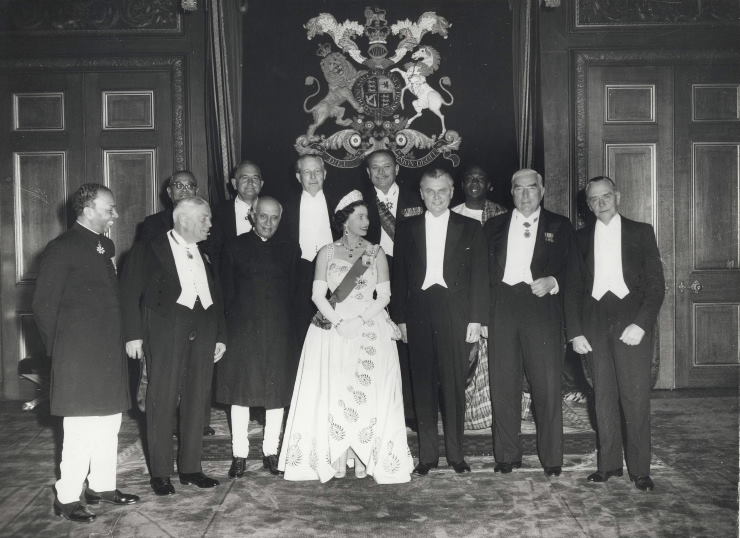
At this time too, on the continent the political landscape was changing and the emergence of the European Economic Community, the precursor to the European Union, once again redefined relationships, bonds and strategic concerns in a post-war Europe.
Closer to home, in the early years of Queen Elizabeth’s reign, her involvement in politics would lead to criticism and eventually to the necessity for reform within the parliamentary system itself in order to establish a standard procedure for electing candidates to become leaders of the party.
In 1956 after the Suez Crisis unfolded, Prime Minister Eden resigned and it was left to Elizabeth to give the final word on who should be appointed. After a consultation with the Cabinet and a few select members of the party, Harold Macmillan was recommended, drawing criticism from Lord Altrincham who claimed she was “out of touch”.
Once again, six years on, the same circumstances arose, forcing the Conservatives to install a proper procedure which did not involve the monarchy.
By the 1970’s the political and social landscape was greatly altered, most pertinently by the increased speed of decolonisation taking place with countries around the globe gaining independence and self-governance.
Such a process inevitably impacted Britain, its standing and its relationship with other nations and by 1973 it had sought to join the European Community, thus defining its place in an increasingly changing world order.
At the same time that Britain was redefining itself, Elizabeth marked her Silver Jubilee in 1977 resulting in great celebrations across the Commonwealth.
Meanwhile, by the 1980’s the younger royals began to capture the world’s attention, most notably the marriage of Prince Charles to Lady Diana Spencer which helped to garner a wealth of popularity and media interest.
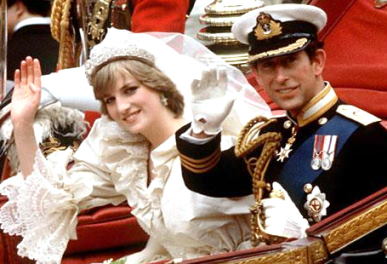
Once the spotlight was on the popular young royals, the scrutiny also increased as the royal family became the focus of satire, gossip and speculation. The situation was made worse as both the marriage of Prince Charles to Diana and Prince Andrew’s marriage to Sarah Ferguson ended in divorce in the 1990’s, contributing in part to what Queen Elizabeth herself styled as her “annus horribilis”. In 1992, the Queen was faced with a series of setbacks, failures and disasters, with Windsor Castle burning down, the exposure of Prince Charles’s affair with Camilla and her daughter, Princess Anne’s marriage to Captain Mark Philips ending in divorce.
Whilst Elizabeth II was able to maintain her composure, the brutal press coverage which placed her children in the firing line looked set to continue. The slander and rumours which escalated as relationships in the royal household became increasingly frayed only contributed to the disrepute which seriously threatened the family as well as giving rise to increased popularity in republicanism.
With such ill-fortune and bad press suffered by the royal family at this time, the tragic death of Princess Diana in Paris in August 1997 whilst being pursued by the paparazzi was the tipping point for the crisis-riddled monarchy. Such tragedy led to an outpouring of grief and more criticism levelled at the family.
As head, Elizabeth II managed to navigate the intense outpouring of public grief for Diana and the increased dialogue about republicanism, in particular in 1999 when the Australians took part in a referendum to replace the Queen as head of state.
With the changing fortunes and growing scrutiny, she was able to continue to win the hearts and minds of many, even into the twenty-first century and all the changes it brought.
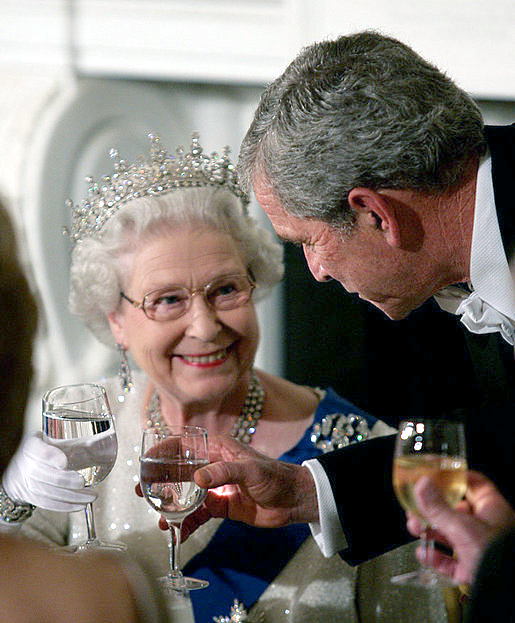
In 2002, the Golden Jubilee was held with celebrations of millions of people lining the streets of London showing the popularity of Queen Elizabeth II had not diminished, a triumph for the monarchy and the difficult process of navigating an ancient institution in a modern world.
She celebrated her Diamond Jubilee in 2012.
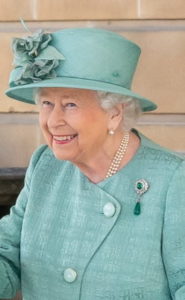
In June 2022 she celebrated her Platinum Jubilee: 70 years on the throne, the longest serving British monarch. During her sketch with Paddington Bear for the Jubilee celebrations, we finally found out what she carried in her handbag!
At the helm, she steered the nation and her own family through crisis, controversy, drama as well as moments of jubilation. Unsurprisingly Elizabeth II came to identify the very institution itself.
It was with great sadness that on 8th September 2022, the death of our sovereign lady Queen Elizabeth II was announced. She had reigned for 70 years, 3 months and 5 days. God bless you Ma’am.
Jessica Brain is a freelance writer specialising in history. Based in Kent and a lover of all things historical.
Published: February 4, 2021. Edited: 12th September 2022.
